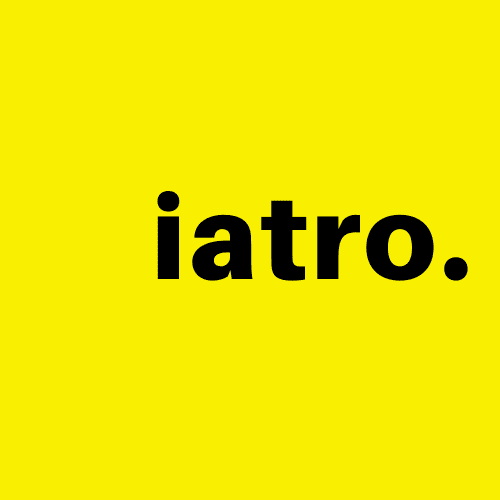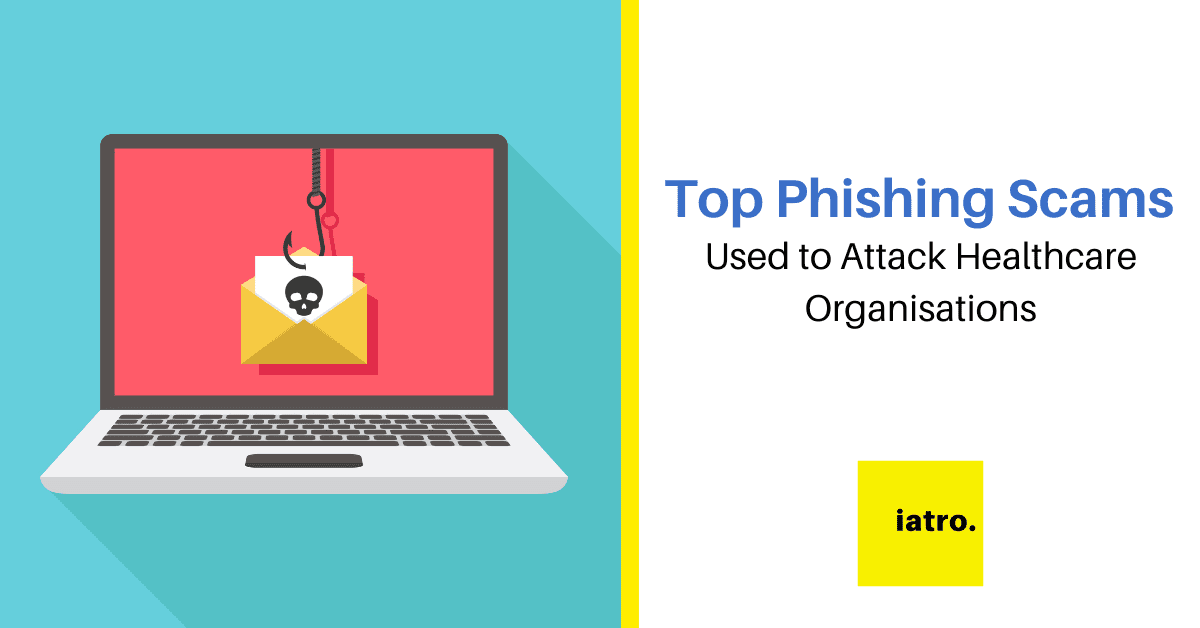Top Phishing Scams Used to Attack Healthcare Organisations
In today’s digital age, healthcare organisations face numerous cybersecurity threats, with phishing scams being one of the most prevalent and concerning. Phishing is a malicious technique cybercriminals use to deceive individuals into revealing sensitive information, such as passwords, financial details, or personal data.
The healthcare industry, with its vast amount of valuable patient information, has become a prime target for cyber attackers. In this article, we will explore the top phishing scams employed to target healthcare organisations, their implications, and the preventive measures that can be taken to mitigate these risks.
Business Email Compromise (BEC) Scams
Business Email Compromise (BEC) scams are sophisticated phishing attacks aimed at tricking employees into transferring funds or revealing sensitive information. In the healthcare sector, BEC scams often target finance or accounts departments by impersonating high-level executives or authorised personnel. These phishing emails typically request urgent payments, changes to vendor details, or sensitive employee information.
To prevent BEC scams, healthcare organisations should implement robust authentication processes, including multi-factor authentication (MFA) and encryption. Employee training and awareness programs are also crucial to educate staff about identifying suspicious emails, verifying email addresses, and reporting potential phishing attempts promptly.
Credential Harvesting Phishing Attacks
Credential harvesting phishing attacks focus on stealing usernames, passwords, and other login credentials to gain unauthorised access to healthcare systems. These scams often utilise convincing replicas of legitimate login pages, such as electronic medical record portals or employee intranets.
Attackers send phishing emails or direct victims to malicious websites where they are prompted to enter their login credentials, unknowingly providing cybercriminals with the keys to their organisation’s sensitive data.
To counter credential harvesting phishing attacks, healthcare organisations should implement strong password policies, encouraging complex, unique passwords and frequent password changes. Additionally, multifactor authentication (MFA) should be enforced to provide an additional layer of security. Regular security audits and vulnerability assessments can help identify and address potential weaknesses in the system.
Malware-Laden Phishing Emails
Malware-laden phishing emails are designed to trick recipients into downloading and executing malicious software. These emails often contain infected attachments or links to compromised websites. Healthcare organisations are particularly vulnerable to malware attacks, as successful breaches can compromise patient records, disrupt operations, or even endanger lives.
To protect against malware-laden phishing emails, healthcare organisations should employ robust email filtering and antivirus software. Employee training fosters a security-conscious culture, emphasising the importance of not opening suspicious attachments or clicking on unknown links. Regular software updates and patches should be applied to all systems to address known vulnerabilities.
Spear Phishing Attacks
Spear phishing attacks are highly targeted campaigns that use personal information to tailor the attack to a specific individual or organisation. Attackers conduct thorough research to gather data from public sources, social media platforms, or previous data breaches. Armed with this information, they craft personalised and convincing phishing emails, increasing the likelihood of success.
To defend against spear phishing attacks, healthcare organisations must enhance employee awareness and vigilance. Staff should be educated about the risks of sharing personal information online and the potential repercussions of falling victim to spear phishing. Implementing strict protocols for sharing sensitive information, such as requiring verbal confirmation before disclosing data, can add protection.
Vishing Attacks
While phishing attacks are often associated with email, vishing attacks use voice communication to deceive victims. In healthcare organisations, vishing attacks may involve fraudulent phone calls impersonating medical staff, insurance providers, or government agencies. These attackers aim to obtain sensitive information, such as social security numbers, credit card details, or patient health records.
To combat vishing attacks, healthcare organisations should establish clear protocols for handling sensitive information over the phone. Employees should be trained to verify the identity of callers before sharing any sensitive information. Implementing caller ID verification systems and call recording can aid in identifying potential vishing attempts and provide evidence for investigation if needed.
Pharming Attacks
Pharming attacks aim to redirect users to malicious websites without their knowledge or consent. In healthcare organisations, pharming attacks can target patient portals or online payment systems. Attackers manipulate the domain name system (DNS) or compromise the organisation’s network infrastructure to redirect users to fake websites where they are prompted to enter sensitive information.
To safeguard against pharming attacks, healthcare organisations should regularly monitor and secure their DNS settings. Implementing DNSSEC (Domain Name System Security Extensions) can help prevent domain hijacking and unauthorised DNS changes. Furthermore, organisations should educate employees and patients about the importance of verifying website URLs and checking for secure connections (HTTPS) before submitting any personal or financial information.
Mobile Phishing (Smishing) Attacks
With the increasing use of mobile devices in healthcare, smishing attacks have become a growing concern. Smishing, or SMS phishing, involves sending fraudulent text messages to deceive users into providing sensitive information or clicking on malicious links. Healthcare organisations may receive smishing attacks posing as patient inquiries, appointment reminders, or colleague messages.
To mitigate the risk of smishing attacks, healthcare organisations should encourage users to be cautious when interacting with text messages, especially those requesting personal information. Implementing mobile security solutions, such as anti-malware apps and SMS filtering, can help detect and block smishing attempts. Additionally, educating employees and patients about the nature of smishing attacks and advising them not to click on suspicious links or share sensitive information via text messages is essential.
Protect Your Organisation
As healthcare organisations increasingly rely on digital systems to store and manage patient data, they become lucrative targets for phishing scams. The consequences of successful phishing attacks can be severe, ranging from compromised patient privacy to financial loss and reputational damage. Healthcare organisations must prioritise cybersecurity and implement proactive measures to prevent and mitigate phishing attacks.
Contact iatro today to learn more about how our cybersecurity solutions can help safeguard your healthcare organisation against phishing attacks and protect sensitive patient information.







